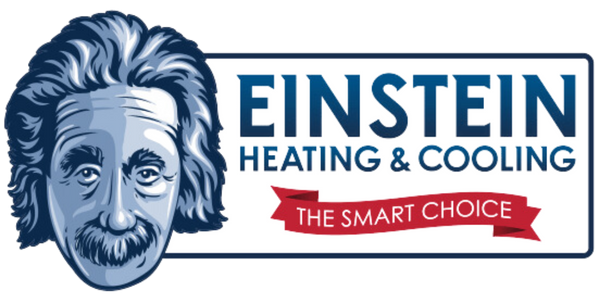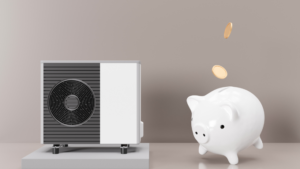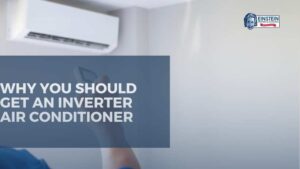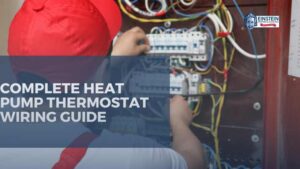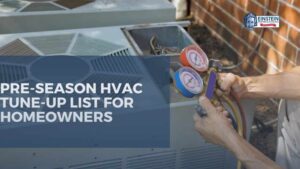Indoor air quality has become a significant concern in recent years, particularly with the increasing focus on health and wellness. Poor indoor air quality can lead to a range of health issues, such as respiratory problems, allergies, and even heart disease. Therefore, it is crucial to find effective methods to improve indoor air quality, and two popular options are air purification and ventilation.
Air Purification
Air purification involves the use of air purifiers to remove harmful particles and pollutants from the air. These devices work by drawing in air from the room, filtering it through various types of filters, and then releasing clean air back into the room.
There are various types of air purifiers available on the market, including HEPA filters, activated carbon filters, and UV-C light purifiers, among others. HEPA filters are particularly effective for removing small particles such as dust, pollen, and pet dander. Activated carbon filters are useful for removing odors and volatile organic compounds (VOCs) such as chemicals from household products. UV-C light purifiers are effective for killing germs and bacteria in the air.
One of the key benefits of air purification is that it can effectively remove harmful particles and pollutants from the air, helping to improve indoor air quality. This is particularly important for individuals with allergies or respiratory issues, as air purification can help alleviate symptoms and reduce the risk of health issues.
However, air purification has some limitations. While it can remove harmful particles from the air, it does not address the root cause of the problem. For example, if there is mold growth in the home, air purification will not eliminate it. Additionally, air purifiers can be expensive, and the cost of replacement filters can add up over time.
Ventilation
Ventilation involves the exchange of indoor air with outdoor air to improve indoor air quality. There are two main types of ventilation: natural ventilation and mechanical ventilation.
Natural ventilation involves opening windows and doors to allow fresh air to flow into the home or building. This method is simple and cost-effective but may not be practical in all situations, such as during extreme temperatures or in areas with high levels of air pollution.
Mechanical ventilation involves the use of mechanical systems to exchange indoor air with outdoor air. There are two main types of mechanical ventilation: exhaust ventilation and supply ventilation.
Exhaust ventilation involves the use of fans to draw stale air out of the home or building, creating negative pressure that pulls fresh air in through cracks and openings. Supply ventilation involves the use of fans to bring fresh air into the home or building, creating positive pressure that pushes stale air out.
One of the key benefits of ventilation is that it can address the root cause of indoor air quality issues. For example, if there is mold growth in the home, increasing ventilation can help reduce moisture levels and prevent further growth. Additionally, ventilation can be a cost-effective solution for improving indoor air quality.
However, ventilation also has some limitations. In areas with high levels of outdoor air pollution, increasing ventilation can actually worsen indoor air quality. Additionally, mechanical ventilation can be noisy and require maintenance.
Which Is More Effective?
Indoor air quality is a growing concern, and two popular methods for improving it are air purification and ventilation. While both approaches have their benefits and limitations, they can be effective in different ways.
Air purification is particularly effective at removing harmful particles and pollutants from the air, making it an excellent option for individuals with allergies or respiratory issues. This approach involves the use of air purifiers that draw in air from the room and filter it through various types of filters before releasing clean air back into the room. Different types of filters, such as HEPA filters, activated carbon filters, and UV-C light purifiers, can remove small particles like dust, pollen, and pet dander, as well as odors, VOCs, and germs.
However, air purification does not address the root cause of indoor air quality issues. If there is a mold or mildew problem, for instance, air purifiers cannot eliminate it. Additionally, air purifiers can be expensive, and the cost of replacing filters can add up over time.
Ventilation, on the other hand, can address the root cause of indoor air quality issues by exchanging indoor air with outdoor air. Natural ventilation, such as opening windows and doors, is a cost-effective solution but may not be practical in all situations, such as extreme temperatures or high levels of outdoor air pollution. Mechanical ventilation, which involves the use of fans to draw in fresh air or expel stale air, can be noisy and require maintenance, but it can be effective at reducing moisture levels and preventing mold growth.
However, increasing ventilation can also worsen indoor air quality in areas with high levels of outdoor air pollution. It is important to strike a balance between exchanging indoor and outdoor air to achieve optimal indoor air quality.
In conclusion, both air purification and ventilation can be effective at improving indoor air quality, but their effectiveness depends on the specific needs and circumstances of each individual. Air purification is effective at removing harmful particles and pollutants, while ventilation can address the root cause of indoor air quality issues. A combination of both approaches may be the best solution for optimal indoor air quality. It is important to consult with experts in the field to determine the best approach for your specific needs.
